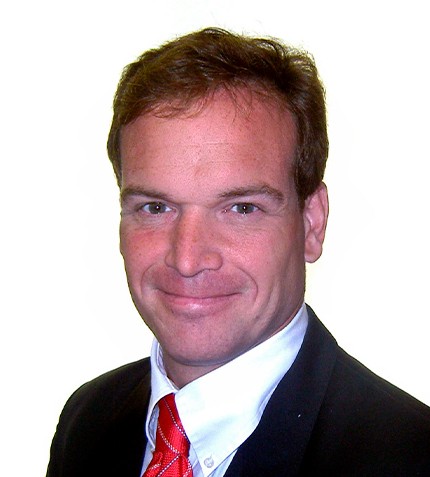
"What has prompted this aggressive growth strategy is the demand we see in the market for underground drilling services as increasingly more of our clients are going underground."
David Bradley
CO-OWNER, RJLL
Can you provide an update on RJLL’s activities and performance over the past year?
2023 is a year to consolidate the growth that RJLL has experienced over the past four years. We have grown to 21 drills, and we need to buy another to keep up with demands. We are consolidating and improving efficiencies in our shipping department, inventory, purchasing, etc., to get ready for our next phase of growth.
On the surface, RJLL offers deep hole drilling, shallow drilling, heli-portable drilling, and barge drilling. The company is now diversifying into underground drilling services, either deep hole drilling or shallow drilling, and we will now start acquiring underground drill rigs to have at least 10 by 2026. What has prompted this aggressive growth strategy is the demand we see in the market for underground drilling services as increasingly more of our clients are going underground.
Is the company looking to potentially expand outside of Québec?
RJLL is focused on Québec and Ontario. However, we are also looking outside of Québec and will potentially have an underground drilling contract in Saskatchewan in 2024/2025. Historically, the company had operations in Asia, and due to client demand, we are looking to again expand into this region. The overseas client demanding our services is one of the largest mines with both surface and underground operations. RJLL would also like to expand our services into the US.
Can you present RJLL’s heli-portable drill service and the demand you are seeing for it?
RJLL has seven heli-portable rigs running this summer, two in the Québec Arctic region, four in the James Bay region, and one in the Val d’Or region. The Mancore 900 multifunctional drills can drill down to 1000 meters, and these modular machines can be disassembled into multiple segments allowing easy transportation by helicopter to the most difficult locations around the world. I believe that the remote operating environment of many exploration projects in Canada will lead to increasingly more demand for heli-portable drilling services.
From what commodity spaces does RJLL see the most demand coming?
This past winter, five out of our 12 customers were Australian companies drilling for lithium in Québec and Ontario. I believe we will see significant demand coming from the lithium sector over the next five years as more companies, particularly Australian companies that have the expertise and knowledge, come to explore Québec’s virgin territory for the commodity.
Can you touch upon the work RJLL is doing with its First Nation partners?
RJLL has developed partnerships with indigenous communities to generate positive consequences for our work and to share our profits with each community we operate in. These partnerships are mainly based on knowledge sharing and a complete training plan to teach them the profession of drilling to be able to integrate them into the workforce and thus contribute to the economic development of the First Nations. RJLL currently has three joint venture partnerships contributing to the economic development and empowerment of First Nation communities. RJLL/Nuvumiut is a collaboration that will allow us to extend our territory of activities to Nunavik in partnership with the Inuit community. We are also in partnership with Assibi Industries, where we aim to create a link between the world of drilling and the Anishnabe Nation of Lac Simon so that they can take part in drilling activities in their territory. In partnership with the Spencer family from the community of Eastmain, the Nouchimi RJLL entity was created to contribute to the economic development of Cree communities in the James Bay sector.
Are you seeing the drilling industry deploying electric drills to meet sustainability goals?
The number of batteries needed to run a drill is still large, and there is also a high risk of flammability. The bottleneck is the batteries, and further development is still needed to address these challenges. RJLL is working with companies from Canada and abroad to identify a starting point for the R&D process for electric drills.
What are RJLL’s main objectives for 2023 and beyond?
Due to the forest fires raging through Québec, our drilling activities have been stopped for over 20 days, and it is going to be a challenge to catch up on drilling meters lost during this time. Moving forward, RJLL will focus on consolidation and setting up the company in such a way that we are ready to expand.










